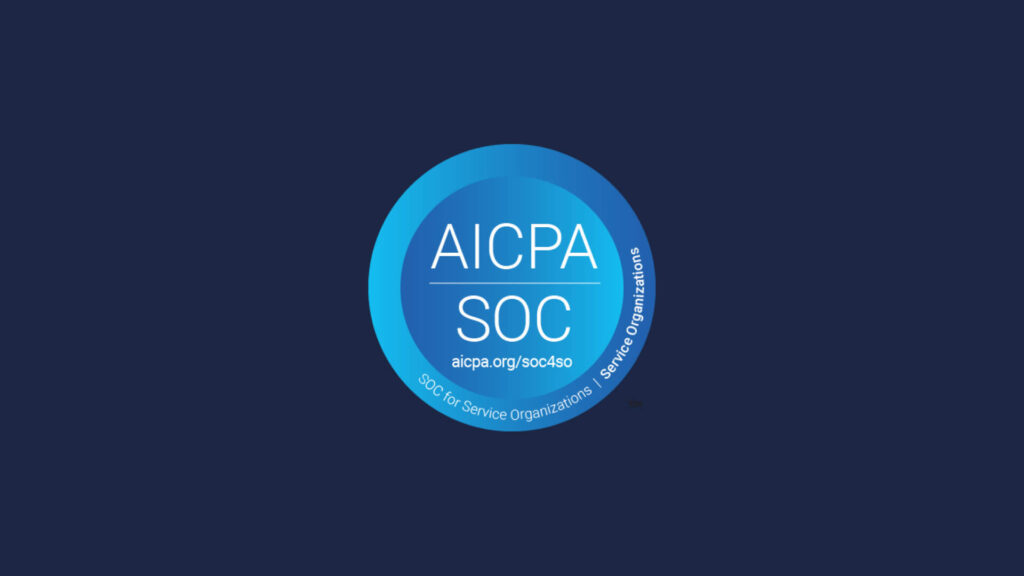Direct debit has long been a traditional payment method in the U.S. financial landscape, representing an authorized method of automatically deducting funds from a bank account for bill and loan payments. However, as the financial landscape continues to evolve, direct debit is gradually losing its relevance and becoming increasingly outdated. As the popularity of real-time payments rises, open banking – fueling account-to-account transfers and pay-by-bank payments – gains traction and consumer preferences shift, direct debit has failed to keep up with the evolving payment needs of consumers and merchants.
What’s more, recent market adaptations are exacerbating this shift, further highlighting these issues and why direct debit has reached its expiration date for consumer bill payment and purchases.
The Rise of Real-time Payments
A primary factor contributing to the diminishing relevance of direct debit is the growing popularity of real-time payments, which offers consumers the ability to push payments from their bank accounts rather than have funds blindly drafted from their accounts. Today’s consumers often prioritize instant gratification, control and convenience, so waiting for funds to be debited from their accounts is no longer acceptable.
Real-time payment options, such as mobile wallets, peer-to-peer payment apps and instant bank transfers offer immediate transmission of funds, enabling users to push one-off payments in seconds. Direct debit’s delay, pull mechanism and lack of real-time transmissions are simply unable to meet the growing needs of today’s consumer.
With a growing number of U.S. consumers living paycheck to paycheck, the uncertainty involved with allowing merchants to pull funds directly from consumer bank accounts creates unnecessary stress for consumers trying to ensure there are enough funds to cover the debit.
Not to mention the potential cost associated with these blind fund pulls, consumers are subject to insufficient funds and overdraft fees when their available balance cannot cover the debit request from merchants. On top of bank penalties and fees, merchants are permitted to charge consumers a return fee for these failed payments, doubling the penalty potential.
This is all in addition to any fees implemented by the merchant biller for late and missed payments. Plus, with the three or more business day delays associated with rejecting a transaction, these late payments also prevent finance teams from closing their books for the month.
While real-time payments offer a better funding mechanism for merchants, by preventing insufficient funds upfront, it comes with a higher per transaction fee that looks more like credit card processing rates as opposed to the lower fees for ACH transactions. These requests for payment via real-time payments (RTP) also introduce friction into the merchant sales process with redirects to consumer’s banking and financial applications for consent and push of funds. The coverage for this payment method is still low and provides no way for a merchant to confirm customer eligibility in advance of the payment attempt, presenting a poor customer experience for ineligible consumers. From a merchant perspective, this introduces too much risk of abandonment during the sale or payment process with a higher cost of processing that does not warrant the adoption of this payment method.
The Shift Toward Open Banking and Pay by Bank
Alongside the demand for real-time payments, the concept of open banking is currently revolutionizing the financial industry across the globe. As the U.S. market evolves, influenced by the progress in Europe and Latin America, the push for open banking initiatives, financial regulations and standard protocols continues to grow. However, there are several barriers that impact the adoption of open banking payments in the U.S. market. A key challenge is that the U.S. payments landscape is very fragmented, making it difficult to create an experience that works cohesively across every financial institution.
Another major barrier is the lack of standard protocols for capturing consumer consent for push payments through mobile banking applications, making recurring payments nearly impossible. Consumer consent is provided on a per transaction basis, making it impossible to offer an automated payment experience for recurring payments. Consumer touch is required to push each payment.
While these lower-priced, open-banking-driven payments are more attractive to merchants as a means to offset growing credit card processing fees, the consumer shift from credit card payments in the U.S. market proves to be a big challenge. Much of the nation’s population is accustomed to using credit for purchases and payments, delaying their payment cycles by approximately 28 days. This enables consumers to concentrate purchases and spending on a credit card, and paying off the balance on the due date, taking advantage of the funds float to hold on to their cash.
Many merchant private label cards also offer consumers the advantage of carrying the float for an extended period of time with 0% interest. The proposed real-time payment systems are all founded on the principle of immediately deducting funds from consumer bank accounts. And some individuals need to hold on to their funds as long as possible while others prefer keeping their money in interest-generating money market accounts.
Another significant obstacle facing real-time payments in comparison to credit cards is the lack of buyer protection when it comes to transaction disputes. Card issuers allow consumers to dispute charges when they are unable to reach a resolution with the merchant. When users make a purchase with a credit card, they have the option to initiate a chargeback through the card issuer. This provides a way for consumers to reclaim their funds. However, with real-time payments, once the funds are transferred, there is no advocacy or recourse available. The funds are essentially irrevocable.
While these lower cost, immediate transfers may interest merchants, the friction-riddled consumer experience poses a great threat to their businesses. These “pay by bank” solutions require consumers to be redirected from the merchant’s workflow to their mobile banking application for authentication and approval to push funds. The added steps in the payment process increase the risk of consumer abandonment for merchants, especially those concerned first and foremost with making the sale. Many merchants are willing to sacrifice lower processing fees for a streamlined consumer experience, like the one-click payment experience offered by Apple Pay, if it guarantees them the sale. Lower payment processing costs do not matter if there was no payment to process.
Growing Consumer Expectations in the Digital World
In the traditional direct debit model, consumers must sign a paper agreement consenting for creditors, or entities owed money, to debit funds directly from their bank accounts. This is commonly used for mortgage payments, where consumers authorize automatic deductions for their monthly loan payments. The process involves pre-arranged debits, with funds being pulled on the due date and applied towards their monthly payment. Larger payments of this nature introduce stress and increase the mental load associated with ensuring there are enough funds available for these direct debits as more and more consumers live paycheck to paycheck.
Traditionally, the term “paycheck to paycheck” was associated with individuals earning around $50,000 to $60,000 annually or less. However, studies reveal that even those with combined incomes ranging from $200,000 to $400,000 are also facing similar financial challenges. This situation is not due to extravagant spending but rather additional expenses like college tuition for children and other financial obligations, which can significantly reduce disposable income. According to Lending Club, 69% of Americans in urban areas are living paycheck to paycheck.
With most of the industry’s attention focused on real-time payments, this focus is based on one flawed assumption: that consumers want to be able to make faster payments to merchants, billers and lenders. However, the actual problem lies in the misalignment between consumer paydays and bill due dates. People would prefer to have greater certainty around the receiving and disbursing of their money, as opposed to increased speed in the outbound transfer of it.
As the financial industry adapts to changing consumer preferences and technological advancements, businesses are quickly recognizing the need to offer more flexible payment options to cater to their customers’ demands and meet their own needs. One option would be a system that aligns paydays and bill due dates to provide some relief to individuals living paycheck to paycheck.
A Pay by Paycheck payment method would allow consumers to spread out large expenses, such as a rent payment, over multiple paychecks through payments automated from their paycheck that would not pose the risk of insufficient funds, overdrafts, or other payment penalties associated with ACH direct debits. This approach also alleviates the stress of paying a significant amount out of a single paycheck, especially when finances are already tight, to satisfy a bill payment and helps avoid late and missed payments altogether.
Adapting to the Modern Payments Landscape
Payroll companies are in a unique position, serving as intermediaries between employers and employees at the source of consumer funds – their incomes. As the payment landscape evolves, so will the role of payroll providers, with their influence extending far beyond the simple act of disbursing wages. Payroll could easily be seen as the “holy grail,” as it holds a wealth of valuable information about employee demographics, employment tenure, income and compensation among other insights. By leveraging this data intelligently, payroll companies can provide insightful analytics, streamline manual processes, assist in financial planning and offer tailored financial products and services to both employers and employees.
To keep up with the demands of today’s consumers, businesses must embrace more efficient and user-friendly payment options. The greatest opportunity stems from collaboration with payroll to drive the payment network of the future. A frictionless payment experience that removes the exchange of consumer account credentials without the nuance of “pay by bank” redirects that send consumers to mobile banking applications for login and release of funds. This also offers merchants lower cost payment processing as opposed to credit card transactions and more reliability than blind ACH debits that can result in insufficient funds and consumer overdrafts. Consumers are looking for a better way to pay and merchants are looking for a better way to get paid. This method helps both sides of the transaction keep as much of their money as possible.



